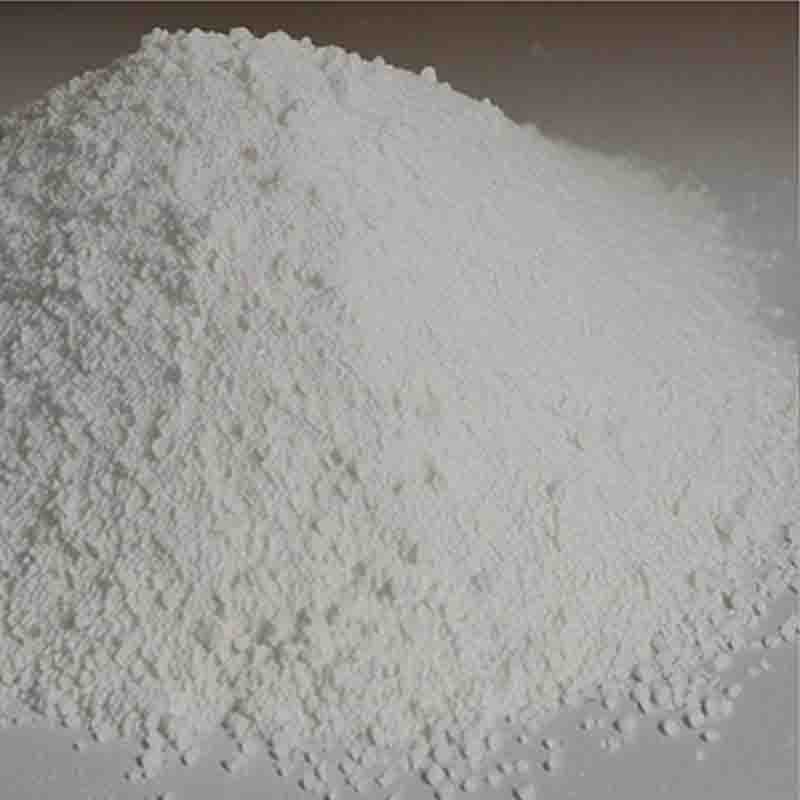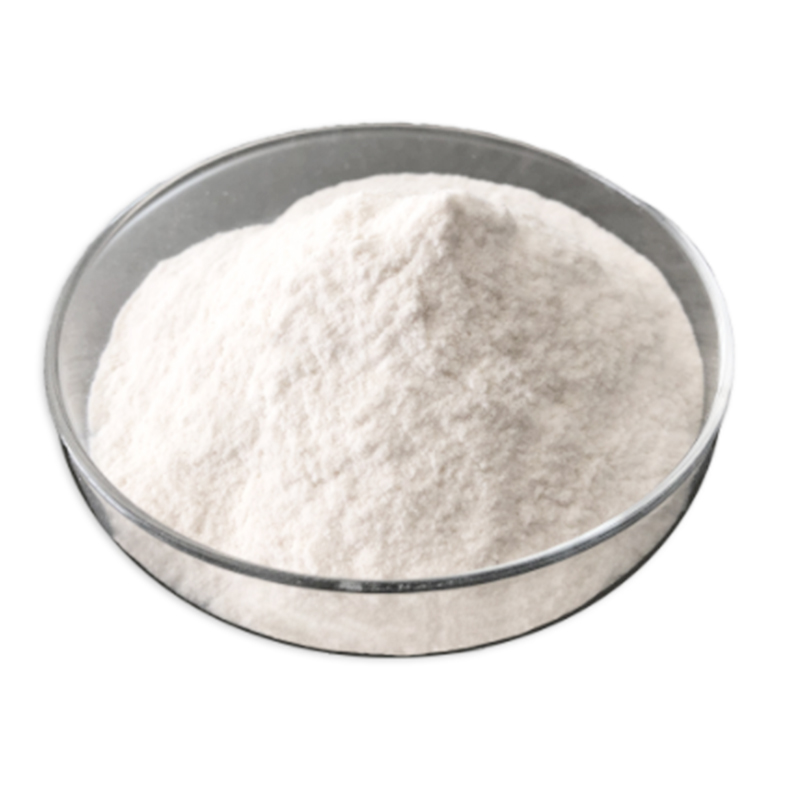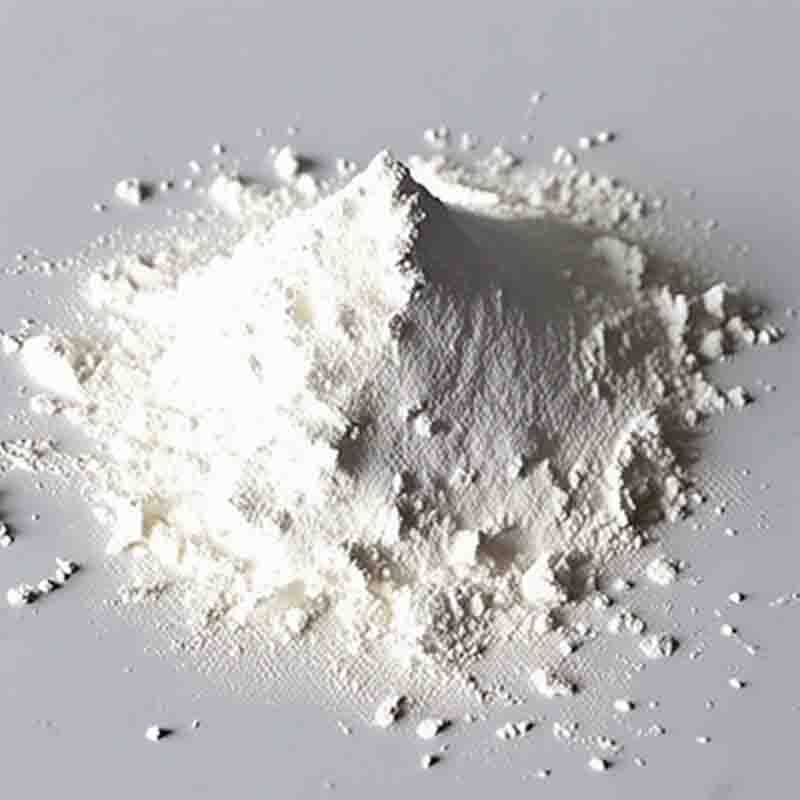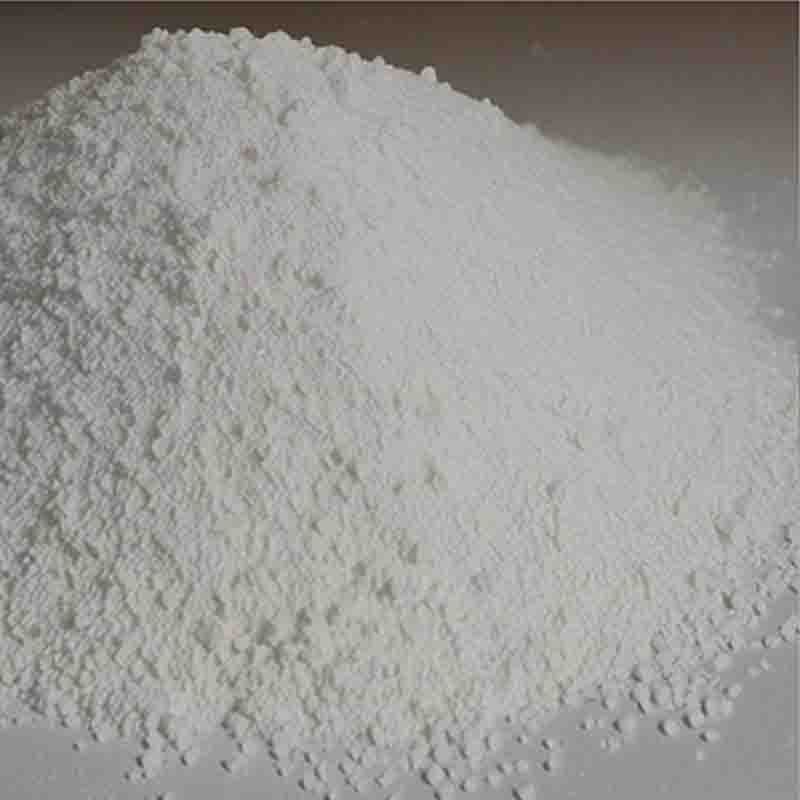9,9-BIS(3-AMINO-4-HYDROXYPHENYL)FLUORENE CAS:20638-07-7
| Catalog Number | XD96139 |
| Product Name | 9,9-BIS(3-AMINO-4-HYDROXYPHENYL)FLUORENE |
| CAS | 20638-07-7 |
| Molecular Formula | C25H20N2O2 |
| Molecular Weight | 380.44 |
| Storage Details | Ambient |
Product Specification
| Appearance | White powder |
| Assay | 99% min |
9,9-Bis(3-amino-4-hydroxyphenyl)fluorene is a chemical compound with diverse effects and applications across various fields. In this response, we will be exploring some of the effects and properties of this compound within a 300-word limit.One notable effect of 9,9-Bis(3-amino-4-hydroxyphenyl)fluorene is its potential as an antioxidant. Antioxidants are substances that can prevent or slow down damage caused by reactive oxygen species (ROS) in the body. The compound's structure, specifically the presence of hydroxyl and amino groups, allows it to scavenge and neutralize these harmful ROS, thereby protecting cells from oxidative stress.Another important application of this compound is its potential as a UV absorber. UV absorbers are compounds that can effectively absorb UV radiation, specifically UV-A and UV-B wavelengths, and protect materials from degradation caused by UV exposure. 9,9-Bis(3-amino-4-hydroxyphenyl)fluorene has an extended conjugated system that enables efficient absorption of UV radiation, making it suitable for use in sunscreens, paints, and coatings.Moreover, this compound possesses fluorescence properties. Fluorescence refers to the emission of light by a substance when excited by electromagnetic radiation. The presence of hydroxyl and amino groups in 9,9-Bis(3-amino-4-hydroxyphenyl)fluorene allows it to emit fluorescent light when stimulated. This property makes it useful in various fields like fluorescence microscopy, sensors, and imaging techniques.Furthermore, research has suggested that this compound may have potential as an organic semiconductor material. Organic semiconductors are materials that exhibit semiconductor properties and can be used in electronic devices such as organic light-emitting diodes (OLEDs) and organic field-effect transistors (OFETs). The unique structure of 9,9-Bis(3-amino-4-hydroxyphenyl)fluorene, incorporating aromatic rings and amino groups, provides it with the potential to exhibit desirable electronic properties that are crucial for such applications.In summary, 9,9-Bis(3-amino-4-hydroxyphenyl)fluorene showcases various effects and properties that make it useful in different fields. Its antioxidant properties protect cells from oxidative stress, while its UV-absorbing abilities make it suitable for protecting materials from UV radiation. Additionally, its fluorescence properties enable applications in microscopy and sensing, and its structure suggests potential as an organic semiconductor material. Further research and exploration are needed to fully understand and utilize the broad range of effects and applications of this compound.









